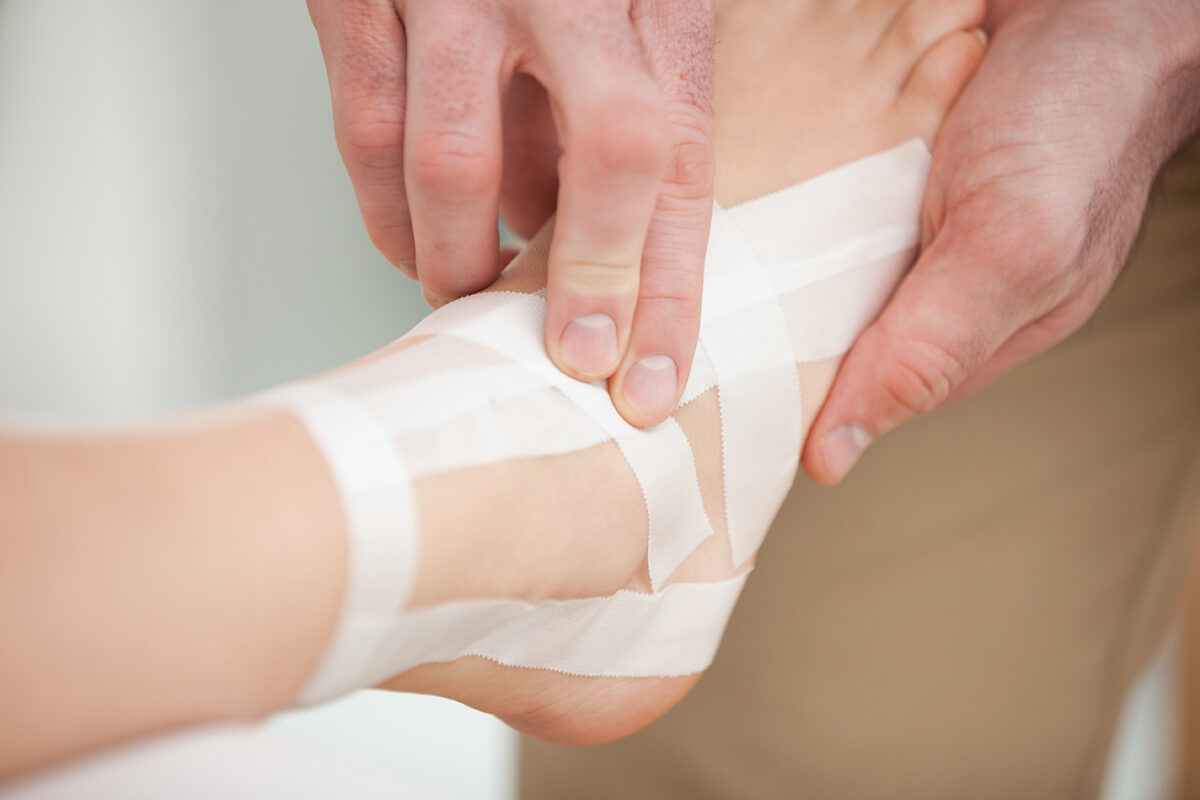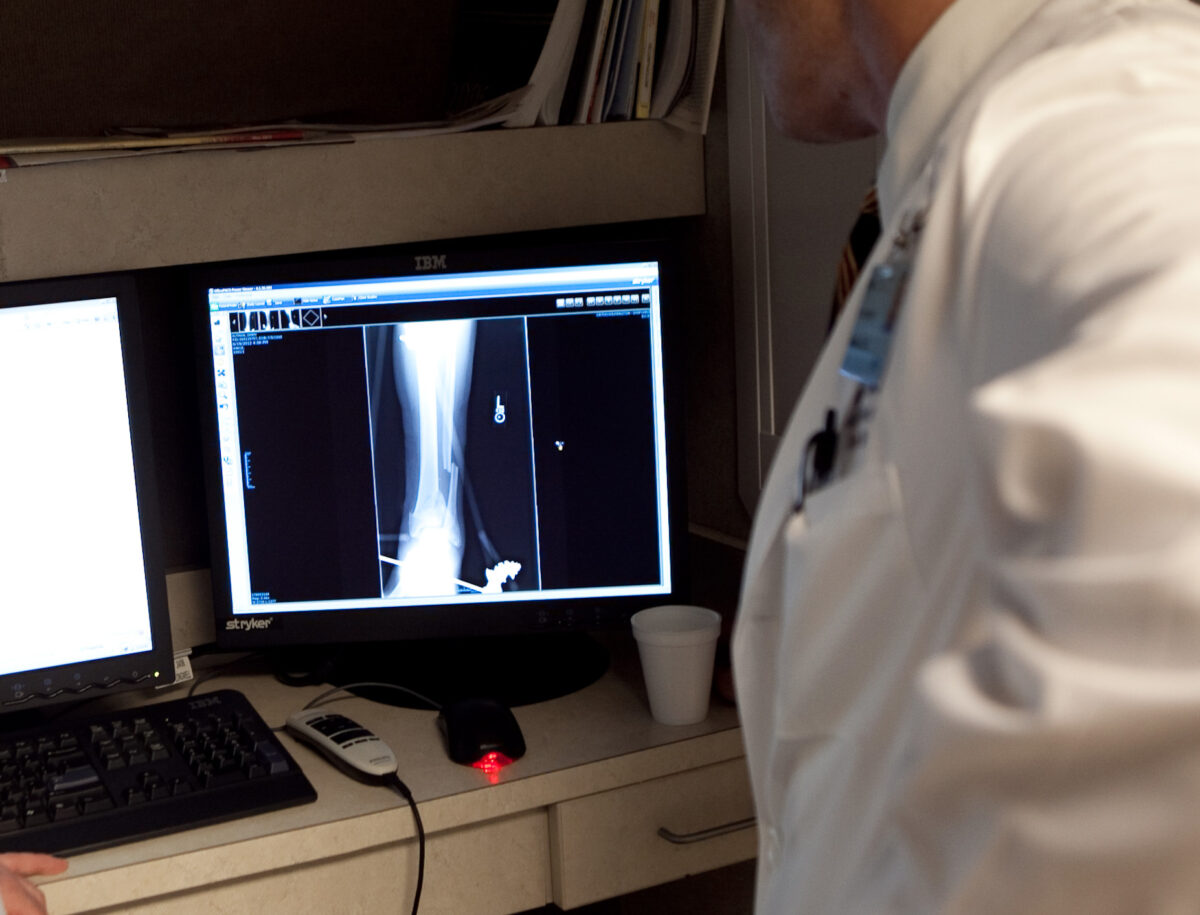
Ankle sprains are a common injury, often occurring when the ligaments supporting the ankle joint get stretched or torn.
Symptoms of an ankle sprain include pain, swelling, bruising, and difficulty bearing weight on the affected foot. Mild sprains can be treated effectively at home with the right techniques.
Home Remedies for Ankle Sprains
For mild to moderate ankle sprains, you can often manage the injury at home with simple remedies. Remember the R.I.C.E. method:
- Rest: Give your ankle time to heal by avoiding putting weight on it.
- Ice: Apply an ice pack to the injured area for 15-20 minutes every few hours to reduce swelling.
- Compression: Use an elastic bandage to wrap the ankle gently, which can help reduce swelling and provide support.
- Elevation: Elevate your ankle above heart level whenever possible to minimize swelling.

When to Consult a Foot and Ankle Specialist
While home care can be effective for mild sprains, it’s crucial to know when professional evaluation is necessary. Consider seeking help from a foot and ankle specialist if you experience:
- Severe Pain
The pain is intense and does not improve with home treatment. - Instability
You find it challenging to walk or stand due to ankle weakness. - Persistent Swelling
The swelling persists or worsens despite home remedies. - Restricted Movement
Your ankle has a limited range of motion even after several days. - Recurrent Sprains
You have a history of repeated ankle sprains, which may indicate an underlying issue.

Professional Diagnosis and Treatment of Ankle Sprains
A foot and ankle specialist will assess your injury through a physical examination, possibly including X-rays or other imaging tests to rule out fractures. Based on the diagnosis, they will recommend appropriate treatment options which may include:
- Immobilization
For more severe sprains, a brace or walking boot may be necessary to immobilize the ankle during healing. - Physical Therapy
Rehabilitation exercises can help strengthen the ankle and improve its stability. - Medications
Over-the-counter pain relievers can manage pain and reduce inflammation. - Assistive Devices
In some cases, crutches may be required to keep weight off the injured ankle.
Remember, each case is unique and the treatment plan will vary based on the severity of the sprain and individual circumstances.
Main Takeaways
Treating ankle sprains at home can be effective for mild injuries, but it’s crucial to recognize when professional help is needed.
If you experience severe pain, persistent swelling, or limited movement, it’s best to consult a foot and ankle specialist. He or she will provide a proper diagnosis and offer appropriate treatment options to help you recover fully and prevent future injuries.
Consult a foot and ankle specialist at an EmergeOrtho-Coastal Region location near you.









